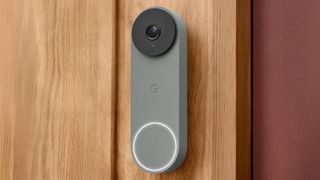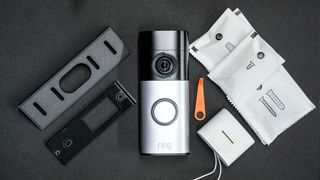Home
Explore Home
Latest about Home

Now is the time to buy that KitchenAid mixer you've always wanted — get one for under $300 before they're gone
By Annie Collyer published
What's going on, KitchenAid? This iconic stand mixer has never been cheaper thanks to this Holiday saving.

Pest expert warns of 'death spiral’ ladybugs invading our homes this winter — here’s what to look out for
By Cynthia Lawrence published
Pest expert warns of a ‘death spiral’ ladybug invasion that can cause havoc for homeowners. Here’s what you need to know.

I literally just got a Roomba — will it still work now iRobot's gone bankrupt?
By Annie Collyer published
iRobot owner? Here's where you stand after the company announced its bankruptcy — and if your vac will still work

I tried this clever hack that makes sweeping up hair easier — and you just need this kitchen staple
By Cynthia Lawrence published
This clever hack makes sweeping up hair and dust so much easier — and all you need is plastic wrap.

I just added a whole new shelf to my fridge, and all it took was this $5 add-on from IKEA
By Annie Collyer published
Hosting for the Holidays? This fridge storage add-on is a game-changer if you need more space — and it's only $5

Dripping faucets prevents frozen pipes in your home — here's how to do it properly
By Kaycee Hill published
Learn when (and how) to drip faucets correctly to prevent frozen pipes, which faucets to focus on, and what to do if pipes freeze.

Google Nest Doorbell (wired, 3rd gen) review
By Christian de Looper published
The new Google Nest Doorbell boasts tons of helpful features and a better video quality, but be prepared to pay for those new updates.

Ring Wired Doorbell Plus (2nd gen) review: Now with 2K and AI
By Dan Cavallari published
With excellent audio and video quality and a super-wide field of view, the Ring Wired Doorbell Plus is an ideal addition to your home if you want to monitor more than just your front stoop.
Here at Tom’s Guide our expert editors are committed to bringing you the best news, reviews and guides to help you stay informed and ahead of the curve!


